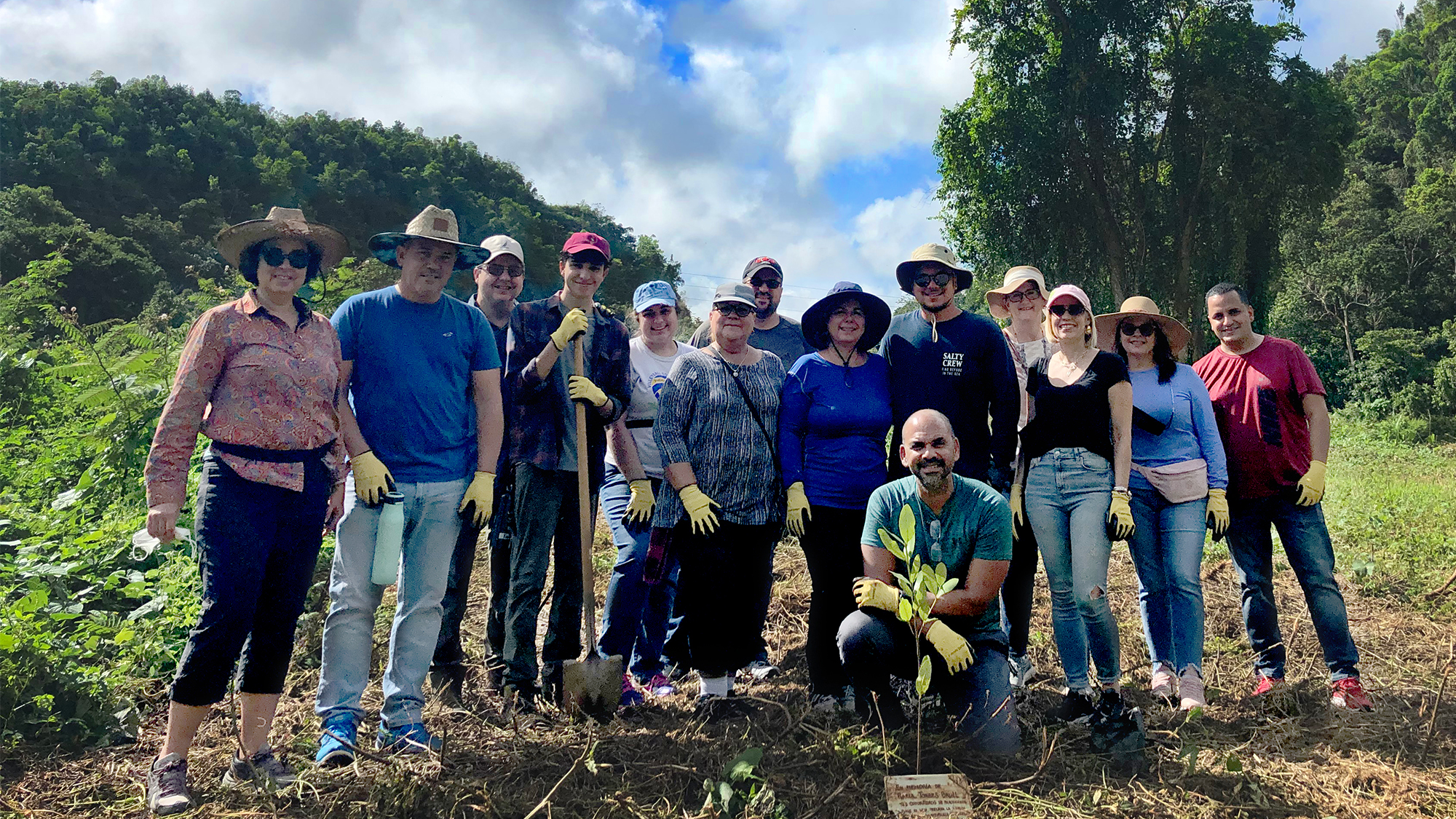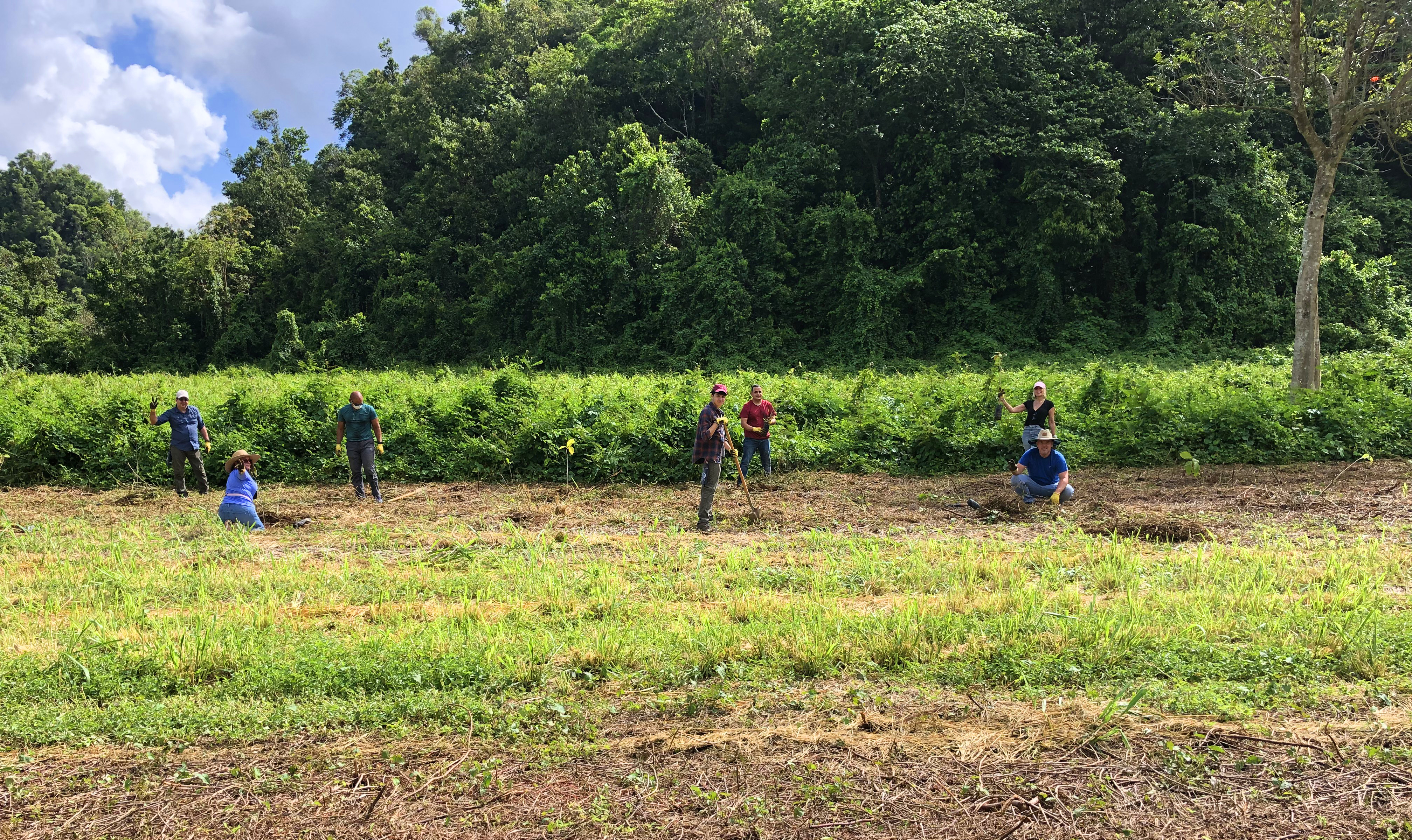Show Menu
Choose Your Location
You are now leaving the Viatris page for a Viatris affiliate site or third party site that is solely responsible for its content, including its compliance with guidelines applicable in certain geographies. Links to Viatris affiliate sites and third party sites are provided as a resource to our visitors and may not be governed by the same regulatory requirements applicable to this site and unaffiliated third party sites are subject to their own terms and data protection notices and practices. Moreover, if their third party site is subject to other country laws, regulatory requirements, data protection requirements or medical practices may differ between countries and the information provided therein may not be suitable for use in your country.

September 8, 2021
By Jennifer C. Yates
The persistent pace of climate change is leading to more severe weather around the world, with increasingly unfortunate and long-lasting effects. This year alone we’ve seen catastrophic floods in Europe, wildfires in Greece and Tunisia and, most recently, a category 4 hurricane slamming the U.S. Gulf Coast.
In Puerto Rico four years ago, it’s estimated that as many as 30 million trees were destroyed when two hurricanes devastated the island. In response, Puerto Rico’s largest conservation nonprofit, Para la Naturaleza, is working to undo the damage, and they are partnering with businesses like Viatris to make that happen.
Earlier this year, colleagues from Viatris’ Barceloneta facility volunteered to plant trees along with the organization at a nature reserve in Puerto Rico’s north central region. In all, the group planted 500 trees in an effort that not only helped the local ecosystem but also provided members of the Viatris team with an opportunity to serve the community where they live and work, especially given the important ties between environmental and human health. These types of community projects form part of our overall effort to minimize our contributions to climate change while reducing risks our business may face, ultimately in support of our efforts to ensure sustainable access to medicines for years to come.

I spoke to Awilda Muñiz, the program coordinator for Para la Naturaleza, to talk about the work they are doing.
Q: How did the hurricanes affect your work on the islands?
A: For the last 50 years, our goal has been to protect and preserve Puerto Rico’s natural resources. In September 2017, we experienced our most devastating natural disaster in more than 100 years when hurricanes Irma and Maria hit us. Residents here were left without power and water for months, and flooding and high winds pummeled our landscape. To help recover and rebuild, Para la Naturaleza created the Solidarity Fund to foster the immediate and long-term health of our ecosystems and natural resources, the communities across the island, as well as the cultural capital that is uniquely Puerto Rico. The Solidarity Fund focuses on five distinct areas: reforestation, agroecology, communities, historic preservation and outdoor trails.
The ultimate goal of our group is to ensure the percentage of protected lands in Puerto Rico is 33% by the year 2033. Today, 17% of land here is protected. We do this in a lot of different ways, including encouraging Puerto Ricans to donate time, money or land. We also organize volunteer, educational and fundraising events and manage more than 50 natural areas and visitor centers. Our work in communities, for example, has led to the installation of solar panels in community centers, along with water filtration systems, and access to wireless internet, among others. Para la Naturaleza also coordinates educational workshops that help communities achieve sustainability.
Q: How does the loss of trees affect the ecosystem in Puerto Rico?
A: It affects everything. It affects not only our health but the health of the entire ecosystem. Trees do so many things, including helping to mitigate floods, protect coasts, filter and retain water, reduce heat, provide food and shelter to birds, improve air quality, and so much more. The ecosystem created by our subtropical forests is also of utmost importance for human well-being.
In the aftermath of the hurricanes, Puerto Rico received a lot of rainfall. That along with the loss of trees, has resulted in limited forest cover to intercept rainfall and regulate its flow, reduced soil protection which has exacerbated landslides and erosion, and a loss of habitat for many insects and birds. That loss was evident immediately after the storm when bees were buzzing everywhere looking for pollen, bats were disoriented, and birds lost their nests, shelter, and many of their food sources. Native lizards such as the Anolis genus can no longer camouflage, exposing themselves to predators.

Q: How are you helping reforestation efforts in the aftermath of the hurricanes?
A: As part of its mission, Para la Naturaleza is implementing ecosystem restoration strategies to help recover the forested ecosystems in natural protected areas and in over 30 affected communities throughout the islands. The project is designed to engage people in massive reforestation efforts to foster the well-being of ecosystems and communities and it will focus in four main areas. The project design and its activities are in direct alignment with the global mass-scale nature restoration effort of the Trillion Trees Initiative:
With an aggressive goal of planting 100,000 native trees every year, Para la Naturaleza needs the help of volunteers like Viatris employees that give their time and effort to get us closer to our goal with every planting. We are very thankful for the support of our volunteers.
